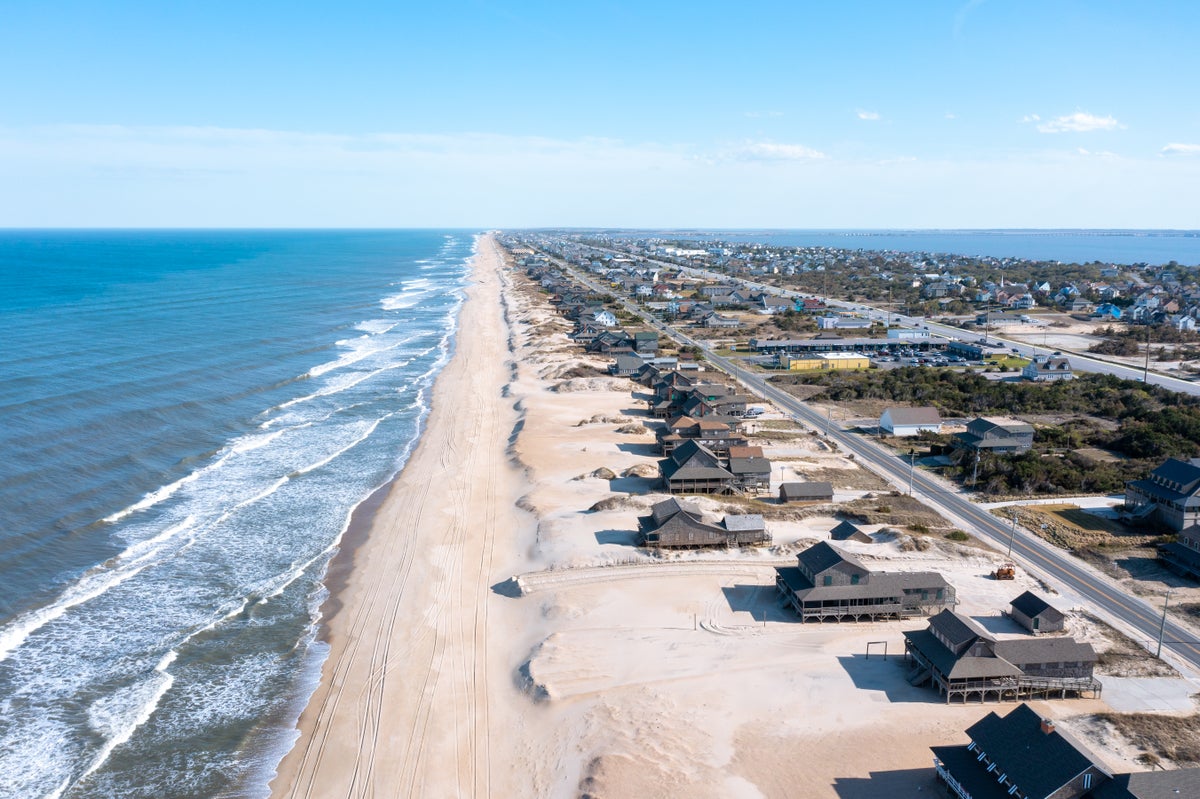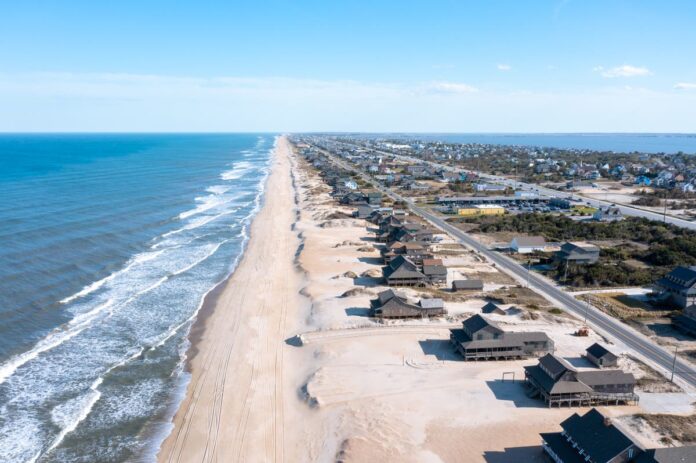[ad_1]

As the planet warms and sea levels rise, coastal communities around the world will face the growing threat of floods and erosion.
They may also face an unpleasant threat welling up from the ground.
Researchers in North Carolina recently found that rising groundwater levels could put septic systems in coastal areas in danger of not draining properly, potentially leaving about one million homes with nasty sewage problems.
“You can have a mixture of groundwater and untreated waste getting up to the surface,” Michael O’Driscoll, a coastal researcher at East Carolina University who worked on the study, said in a press release.
Septic tanks are widely used to manage home wastewater in areas without central sewage systems. As waste enters the tank, the solids fall to the bottom of the tank where they are partially broken down by bacteria, and excess water flows out of the tank and seeps into the ground.
For this to work properly, the ground outside the tank needs to be dry enough and permeable enough to allow the wastewater to seep downwards — instead of rising back up and leaving sewage in people’s yards and neighbourhoods.
“Typically, when you permit the septic systems in North Carolina, they want to have about one and a half feet of unsaturated soils below the system,” Dr O’Driscoll said.
But as sea levels rise, groundwater in coastal areas can rise along with it as ocean water seeps into underground soils. And as that groundwater level rises, homes built near the shore will have less and less dry soil below their septic tanks.
In addition to leaving partially unfiltered sewage on the surface, too much water in the drainage field could even cause the septic system to back up into people’s homes, the press release notes. They presented their results during a talk at a conference of the Geological Society of America this week.
The researchers studied coastal areas in North Carolina, many of which sit very close to sea level. At least one home they looked at had water filling up the drainage area more than half the time – and conditions are only likely to get worse as the climate crisis grows.
Warming temperatures in the Arctic and Antarctic are melting ice sheets, pushing sea levels higher and higher each year. Since 1880, the global sea level has risen eight to nine inches (21-24 centimetres), according to the National Oceanic and Atmospheric Administration (NOAA).
By the year 2150, even under the best-case scenario for future greenhouse gas pollution and warming, the North Carolina coast could expect to see around 0.9 metres (three feet) of sea level rise, according to Nasa.
Under the worst-case scenario, the region could see around 2.36 m (7.7 ft) of sea level rise in that time.
The researchers note that there are some potential workarounds for coastal communities that could help them deal with this problem. Septic systems can be placed in artificially raised beds of sand, for example, or communities can build a collective treatment centre for waste, the study’s press release notes.
But rising seas threaten more than just sewage trouble for low-lying coastal communities. Creeping oceans are eroding the coastline, spurring flooding on sunny days and increasing the risk of dangerous storm surges when storms like hurricanes roll in.
Some coastal homes in North Carolina’s Outer Banks even made headlines this summer as ocean waters flooded inland and caused them to collapse into the ocean.
[ad_2]
Source link















